P2 Management Minute: Improving patient satisfaction
Physicians Practice
JULY 24, 2025
Reynolds Fact checked by Chris Mazzolini Blog Video Boost patient satisfaction in your medical practice with three proven strategies in this P2 Management Minute. Train front-desk staff to greet every patient with a smile and eye contact. Craft a welcoming atmosphere First impressions set the tone. Record your own!























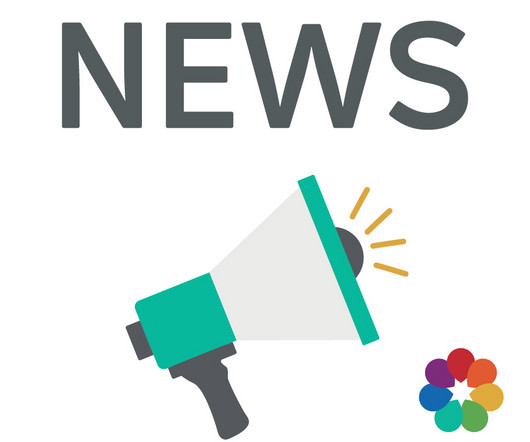














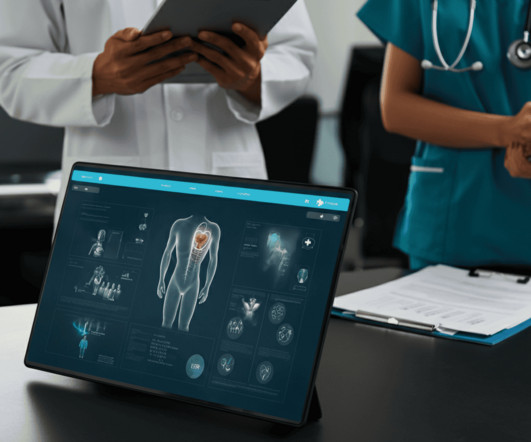



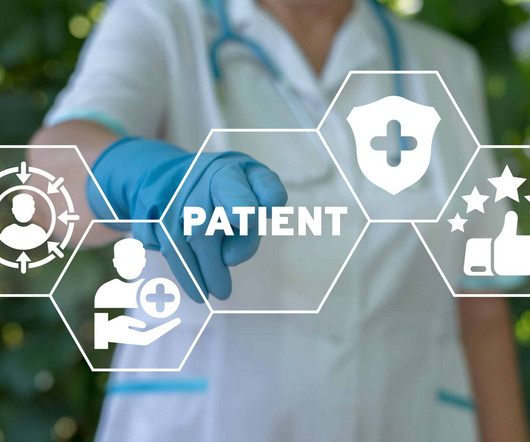
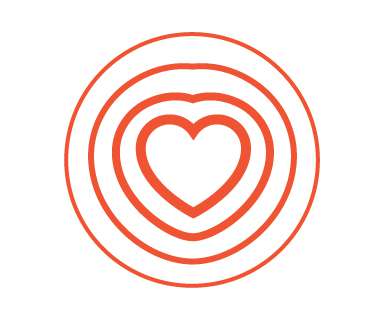
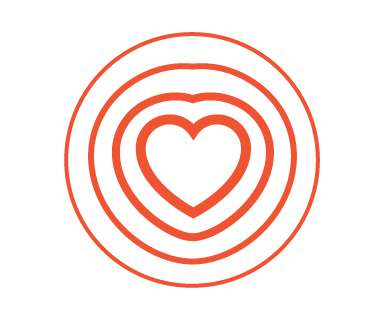






Let's personalize your content